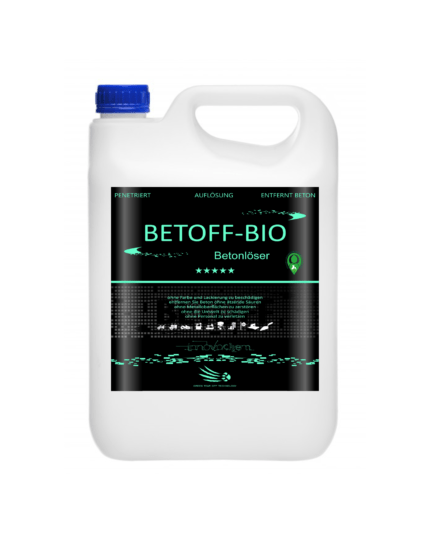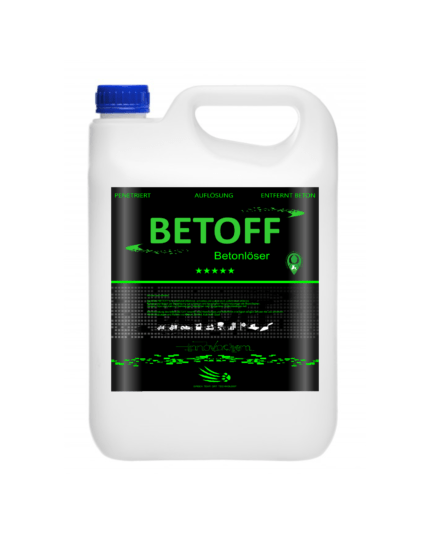Concrete reinforced with fibers. The comparatively poor tensile strength of artificial stone has already been addressed multiple times in earlier expert works on concrete. The goal of numerous attempts to modify the building material to make it better is to address this vulnerability as much as possible. This also holds for “fiber-reinforced concrete,” which has a much higher tensile strength than regular concrete. However, there are several other benefits as well.
Because fiber-reinforced concrete is strengthened with additives—typically steel or glass—it is less prone to breaking than regular concrete. In the same way, reinforced concrete’s strength can be raised. Naturally, there are limits to the resistance to tensile stress. Eventually, cracks will show up at very high loads. However, fiber-reinforced concrete still offers benefits. The fissures are often narrower than those in regular concrete, which makes them less hazardous to the component’s stability.
To clear up any confusion, fibers serve as “micro-reinforcement,” but they don’t completely replace traditional steel reinforcement in highly loaded, load-bearing components. However, you can expand on them. “Pure” fiber concrete can also be used to make less strained components.
It should be noted that fiber reinforcing enhances the concrete’s compressive strength and impact resistance in addition to its tensile strength. Furthermore, the building material’s flexibility rises. This permits a greater degree of deformation without harming the (hardened!) substance.
Concrete reinforced with fibers. Fibers made of steel
Fiber-reinforced concrete is relatively new, although reinforced concrete has a long history that goes back to the middle of the 19th century. The development of these items has only intensified since the 1970s. These were initially steel-fiber concretes, which are now mostly developed and utilized for industrial flooring, tunnel construction, and an increasing amount of precast concrete components.
By including steel fibers, conventional concrete—which is comparatively brittle—becomes a significantly harder composite material. This can be employed only as a supplement or in full replacement of steel structural reinforcement, depending on the application. Apart from the previously indicated domains of utilization, the substance is also present in the construction of roads and, to a growing extent, in residential architecture, where steel fiber concrete is employed for basement walls and floor slabs. In processing, it is preferable if the material substitutes traditional reinforcement since concreting requires less effort than installing reinforced concrete because it uses a ready-to-use product.
In the end, how much and what kind of steel fibers are put into the concrete will determine how much of a stabilizing effect they have. It should be highlighted that an extremely high fiber concentration can lead to issues during processing, making it challenging to compact and pump fresh concrete. As a result, the fiber content needs to be carefully weighed. If there are too many fibers in the concrete, it may become more difficult to compact it properly, which could impair the strength you intended to increase with additives.
Ironically, steel fibers substantially lessen concrete’s already relatively poor thermal insulation. However, that need not be a drawback because, at least when it comes to underfloor heating, high thermal conductivity is frequently preferred, particularly in the screed region.
Concrete reinforced with fibers. Glass fiber
Textile concrete is the term used when complete glass fiber mats are mixed in with the concrete.
For several years, glass fiber concrete has also been growing in popularity. Certain products are primarily utilized for white tubs and screeds and have very low fiber content (less than 0.4 percent by volume). In contrast to goods with relatively high fiber content (up to 5% by volume), the fibers in concrete merely serve to increase its water tightness and serve almost no reinforcing purpose. Their primary application is in the creation of tiny, delicately shaped concrete pieces that are yet incredibly stable. Glass fibers don’t rust, thus there’s no need for a minimum concrete layer to safeguard the metal, unlike concrete that contains steel or steel fibers. Alternatively, it is conceivable to create components that are only a few millimeters thick.
The concept of “textile concrete” is more recent. It is made up of joined glass fiber mats rather than individual glass fibers. This greatly raises the load-bearing capacity beyond all else in addition to the tensile strength. For example, tests conducted at TU Dresden have demonstrated that adding an extra layer of fabric-reinforced concrete can enhance the load-bearing capability of reinforced concrete parts by up to 125%.
Textile concrete has remarkable stability in the absence of traditional steel reinforcing. Structures like the first fabric-reinforced concrete pedestrian bridge in the world, which debuted in 2006 at the State Horticultural Show in Oschatz, Saxony, serve as examples of this (see photo). This bridge weighs only five tons in total and has a thickness of only three centimeters. A bridge with similar reinforcement made of concrete would weigh about 25 tons.
Concrete reinforced with fibers. Fibers made of plastic
There are other uses for synthetic fiber concrete as well, although they are somewhat restricted. Reinforced concrete’s fire resistance is further enhanced by the use of polypropylene. In the event of a fire, the plastic burns and leaves behind tiny channels, which is how it functions. This makes it easier for the water vapor that builds up in the concrete during a fire to escape, delaying the rate at which the element’s surface peels off. This indicates a longer period of fire protection for the steel reinforcement. Fewer cracks occur as the freshly laid concrete hardens thanks to the polypropylene fibers. Seeds are especially fond of this characteristic. Nonetheless, the plastic fibers in hardened concrete essentially have no impact on the material’s tensile and compressive strengths.
Concrete reinforced with fibers. Carbon-based materials
Carbon fiber-reinforced concrete has also just recently hit the market. Also referred to as carbon fibers, its primary application to date has been in fiber-reinforced plastics for the aerospace, automotive, and sports equipment industries. The future uses of carbon fibers’ exceptional strength and low weight in combination with their great flexibility should extend to concrete products.
The material, which was previously exceedingly expensive, may even eventually replace the earlier reinforced concrete, according to information from the maker SGL Group. The development of thin-walled concrete structures with corrosion resistance would make them up to 75% lighter, more resilient, and at least as strong as reinforced concrete. You may thus be wondering if, over the coming years or decades, this new development will prevail in the historically relatively conservative construction.
Cleaning Fiber Reinforced Concrete
Our cleaning agents, such as BETOFF-B liquid, are designed not only for cleaning regular concrete but also reinforced concrete. Simply apply the liquid to the dirty concrete, wait about 10 minutes, and then use a soft-bristled brush to apply the liquid to the dirt. Finally, wash everything off with water and the concrete is clean again!

How to dissolve fiber-reinforced concrete?
Our strongest concrete dissolving agent can dissolve any type of concrete, including reinforced concrete. Buy BETOFF liquid (concentrate) if you care about strength and effectiveness.

